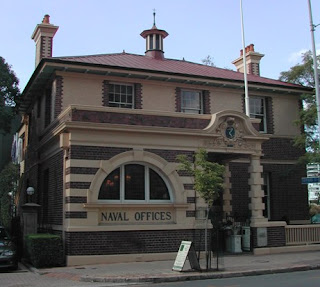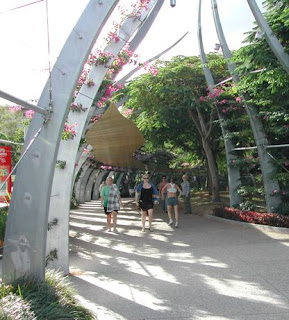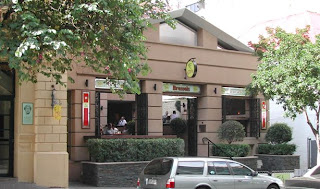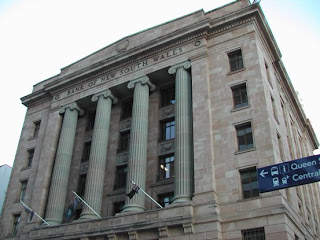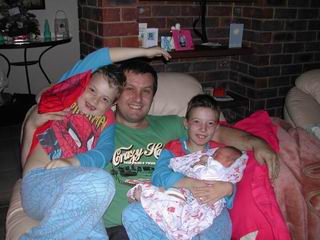Mephisto

The tank was effectively disabled at Villers-Bretonneux during a the first tank versus tank fight on 24 April 1918. On the 25th April in a counter offensive, the ground where the tank had stalled was retaken Australian and British troops. The Germans did attempt to destroy it, however, it remained stranded in a shell hole over the following months until the 28th Batallion, consisting mostly of troops from Queensland, determined to recover it.
How amazing is this? In all the world, a German historic replica ends up in a museum in Brisbane! It got here effectively as a keepsake when it was loaded onto the SS Armagh for transport to Australia on 2 April 1919. Even then Prime Minister Billy Hughes got involved in deciding it could remain in Brisbane as part of the Queensland Museum where it has resided ever since.
Cheers, I Love Brisbane, Wes.
Click Here for the Google Map Reference for this post.

























